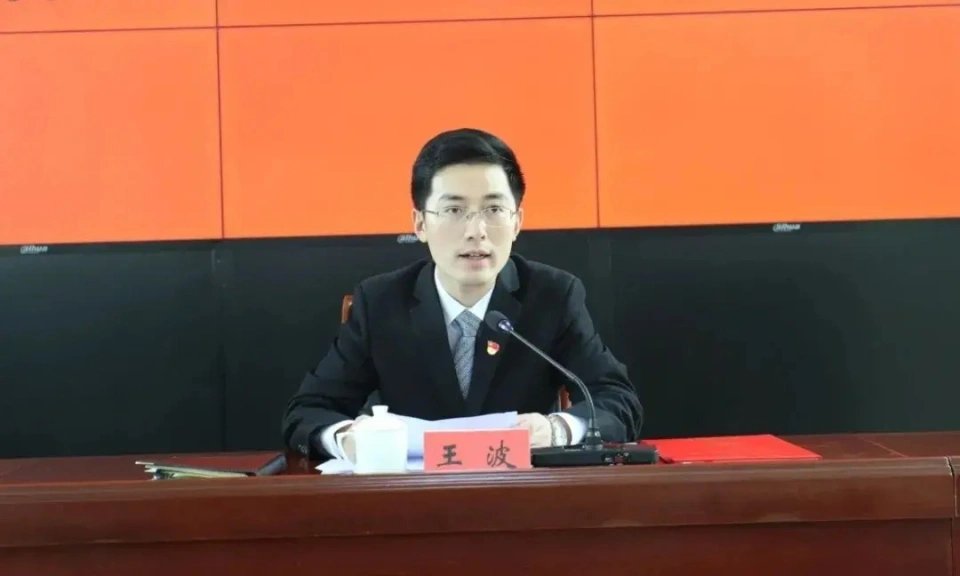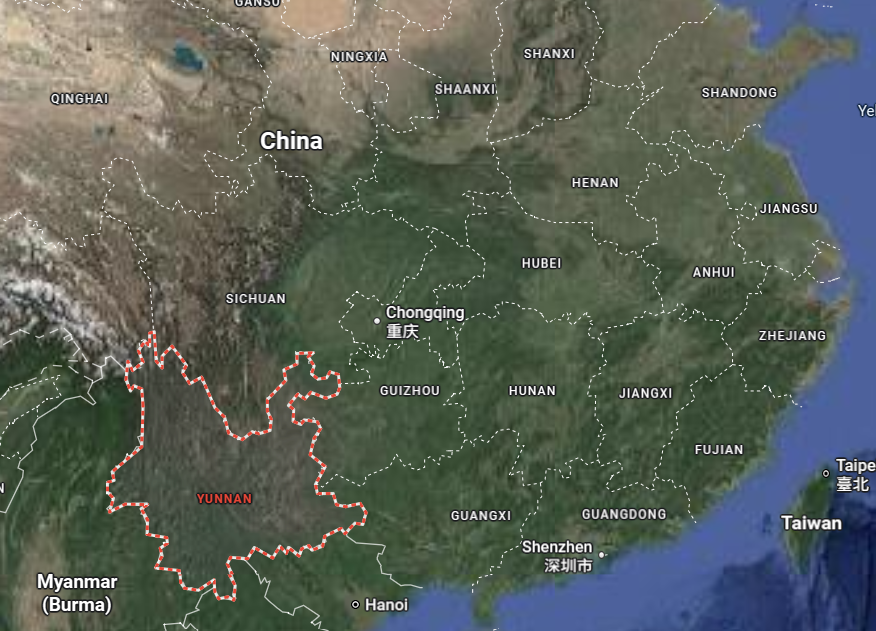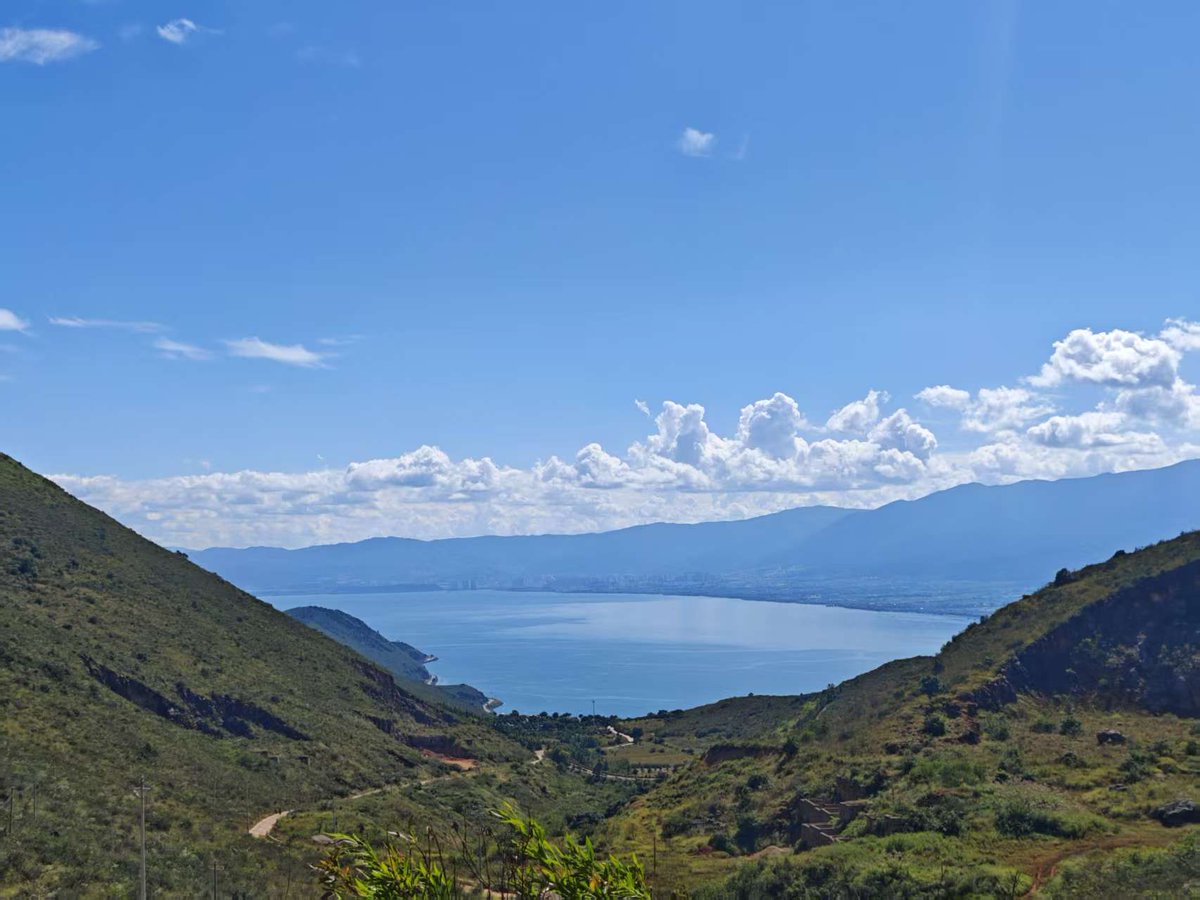I've gotten a few questions about this page - the Friends of the Earth (FoE) Japan fact page about the Fukushima water release. I've also seem a few people sharing links to it.
I gave it an read and spotted some concerning statements. Let's review:
foejapan.org/en/issue/20230…
I gave it an read and spotted some concerning statements. Let's review:
foejapan.org/en/issue/20230…
First, the FoE page was updated in August, but does not incorporate or reference any of the important lab testing verification work conducted by the IAEA and its third-party laboratories on the contents of the water.
Here's what it has to say about the IAEA report:
Here's what it has to say about the IAEA report:

The FoE statement on the nature the IAEA's review is inaccurate. The IAEA's role is to assess, oversee, and review the accuracy of TEPCO's measurements and other work.
To do this, samples were gathered, on-site, under observation, and sent to different labs for testing.
To do this, samples were gathered, on-site, under observation, and sent to different labs for testing.

The results from the IAEA lab testing answer one thing very specifically: If we gather water the same way TEPCO did, and test for the same things TEPCO did, do we get the same results?
We need to know if those lab results show good statistical alignment with TEPCO's results.
We need to know if those lab results show good statistical alignment with TEPCO's results.
Thus, the role of the IAEA is not to endorse, but to VERIFY & VALIDATE (V&V).
They are checking TEPCO's results by verifying that the filtration results claimed by TEPCO, for the same tank, under the same conditions, are reproduced via testing in other labs.
They are checking TEPCO's results by verifying that the filtration results claimed by TEPCO, for the same tank, under the same conditions, are reproduced via testing in other labs.
Next, the FoE page mentions that the testing data being verified only covers 3% of the tank groups.
This is accurate. But, it targets the K4-B tank group, because that's the tank group that will be discharged first (is being discharged now). This is the key point.
This is accurate. But, it targets the K4-B tank group, because that's the tank group that will be discharged first (is being discharged now). This is the key point.
The IAEA testing plan covers each tank group in turn, according to the schedule that they will be released.
This is a 30 year discharge, and the IAEA testing will be verifying TEPCO's test results the entire time, for each tank group.
Page 114:
iaea.org/sites/default/…

This is a 30 year discharge, and the IAEA testing will be verifying TEPCO's test results the entire time, for each tank group.
Page 114:
iaea.org/sites/default/…

Finally, the FoE claims that the IAEA is not a neutral third party, as its role is to promote nuclear power.
This is where the flimsiness of their position really becomes apparent, that they must adopt this approach.
Let's take a look at the IAEA mandate and mission statement:


This is where the flimsiness of their position really becomes apparent, that they must adopt this approach.
Let's take a look at the IAEA mandate and mission statement:


The IAEA is a UN support, oversight, & watchdog organization, not a lobbyist/advocacy group.
Friends of the Earth is an anti-nuclear lobbyist/advocacy group.
I don't think much of ad hominem reasoning, but if anyone is vulnerable to it here, it's certainly not IAEA, but FoE.
Friends of the Earth is an anti-nuclear lobbyist/advocacy group.
I don't think much of ad hominem reasoning, but if anyone is vulnerable to it here, it's certainly not IAEA, but FoE.

In summary, we have three big problems with the FoE's statement on the IAEA lab report.
Why are they so determined to discredit and disregard the IAEA's lab testing verification results?
Most likely because these testing results invalidate many of their other arguments.
Why are they so determined to discredit and disregard the IAEA's lab testing verification results?
Most likely because these testing results invalidate many of their other arguments.

For instance, in this section, they a cite 2018 news report that a 2014 test result for I-129 was still above regulatory limits.
But now that we have the verified IAEA test results from 2022, so why would we look at 2014 test results from TEPCO?
But now that we have the verified IAEA test results from 2022, so why would we look at 2014 test results from TEPCO?

The IAEA labs all tested for I-129 in 2022, and all returned satisfactory results (except Los Alamos, which used a testing method with rougher results, and thus was excluded from the statistical analysis).
Korea's results (KINS) were low enough to be potentially discrepant.


Korea's results (KINS) were low enough to be potentially discrepant.


It's not hard to see why FoE wouldn't want to engage with the IAEA lab results, and seek to discredit or mischaracterize them - they completely invalidate this entire "we don't really know what's in the water" line of reasoning.
We DO in fact know what's in the water.
We DO in fact know what's in the water.

Lets take another FoE argument, that TEPCO is only testing the water in 3% of the tanks.
This is a dishonest argument, that they have repeated in several places.
This is a dishonest argument, that they have repeated in several places.

The testing so far has focused on one tank group, the K4-B, because this is the first tank group to be released (right now).
Per TEPCO, K4 tanks underwent ALPS treatment back in 2016.
Recall they were also the subject of the IAEA sampling for verification.


Per TEPCO, K4 tanks underwent ALPS treatment back in 2016.
Recall they were also the subject of the IAEA sampling for verification.


In the future, each subsequent tank group will have its own round of testing and verification before release, with the IAEA monitoring onsite.
So the "3%" figure is irrelevant.
I will repeat the same screenshot from above, because the statement applies again:
So the "3%" figure is irrelevant.
I will repeat the same screenshot from above, because the statement applies again:

I can't speculate to the motivation for FoE to post misleading commentary and refusing to engage currently-existing reports that address these concerns.
I will only summarize: It's confused/misinformed at best, intentionally dishonest at worst.
I will only summarize: It's confused/misinformed at best, intentionally dishonest at worst.

Next, this FoE point about tritium concentration is also misinformed.
Their complaint is that the tritium being diluted to "1/40th" of the regulated standard is misleading, because the water contains things other than tritium.
However, their objection is what's misleading.
Their complaint is that the tritium being diluted to "1/40th" of the regulated standard is misleading, because the water contains things other than tritium.
However, their objection is what's misleading.

The verified lab testing results show clearly that the ALPS filtration process is effective in reducing the levels of other radionuclides, but NOT the tritium.
The testing results show tritium concentration of around 150,000 Bq/L (see reference value in the final column).
The testing results show tritium concentration of around 150,000 Bq/L (see reference value in the final column).

As the regulatory limit is 60,000 Bq/L, to get to 1/40th of the regulatory limit (which is 1,500 Bq/L) we need to reduce the dilution by ~100 times.
This means mixing the ALPS-treated water with a LOT of fresh seawater, before the final discharge, to dilute the tritium.
This means mixing the ALPS-treated water with a LOT of fresh seawater, before the final discharge, to dilute the tritium.
Meanwhile, what was the total radioactivity contribution of the other radioisotopes? Well, let's add up...
C-14: 14.01 Bq/L
Co-60: 0.3764 Bq/L
Ni-63: 2.57 Bq/L
...and so on...
The non-tritium total is barely 20 Bq/L.
Before 100x dilution!
C-14: 14.01 Bq/L
Co-60: 0.3764 Bq/L
Ni-63: 2.57 Bq/L
...and so on...
The non-tritium total is barely 20 Bq/L.
Before 100x dilution!

So after water has been diluted ~100x, to get tritium concentration to 1/40th of the regulatory limit, what's the total activity level in one liter of the water?
Tritium: 1500 Bq/L
All the other stuff: 0.2 Bq/L
FoE's concern is exaggerated and misleading.
Tritium: 1500 Bq/L
All the other stuff: 0.2 Bq/L
FoE's concern is exaggerated and misleading.

Per IAEA: During discharge, the water is tested for other radionuclides after leaving the K4-B tanks (keep in mind, this is a verification of IAEA's verification of TEPCO's previous test results).
And then in the dilution facility, it is mixed with ~100x volume of seawater.
And then in the dilution facility, it is mixed with ~100x volume of seawater.

That's why the very last test on the discharge is the tritium monitor.
Every single other thing has been tested and verified multiple times by now.
The final FINAL check is whether the 100x dilution of fresh seawater has succeeded in getting tritium down to 1,500 Bq/L.
Every single other thing has been tested and verified multiple times by now.
The final FINAL check is whether the 100x dilution of fresh seawater has succeeded in getting tritium down to 1,500 Bq/L.

So, that's my summary of the main issues I found on the Friends of the Earth website.
They offer misleading, dishonest, and outdated commentary, while ignoring relevant, recent, detailed materials that directly address their concerns. It's not a quality source.
They offer misleading, dishonest, and outdated commentary, while ignoring relevant, recent, detailed materials that directly address their concerns. It's not a quality source.
are you fucking kidding me I spent hours on this so I could write
"I gave it an read"
IN THE VERY FIRST TWEET asdfasdfkajsdf;lkasdfj
"I gave it an read"
IN THE VERY FIRST TWEET asdfasdfkajsdf;lkasdfj
@Buki_YGV For example, I laughed out loud when I read this in an IAEA report.
How did they not anticipate that doing this without a broad explanation would make people even more concerned/confused?
How did they not anticipate that doing this without a broad explanation would make people even more concerned/confused?

• • •
Missing some Tweet in this thread? You can try to
force a refresh














